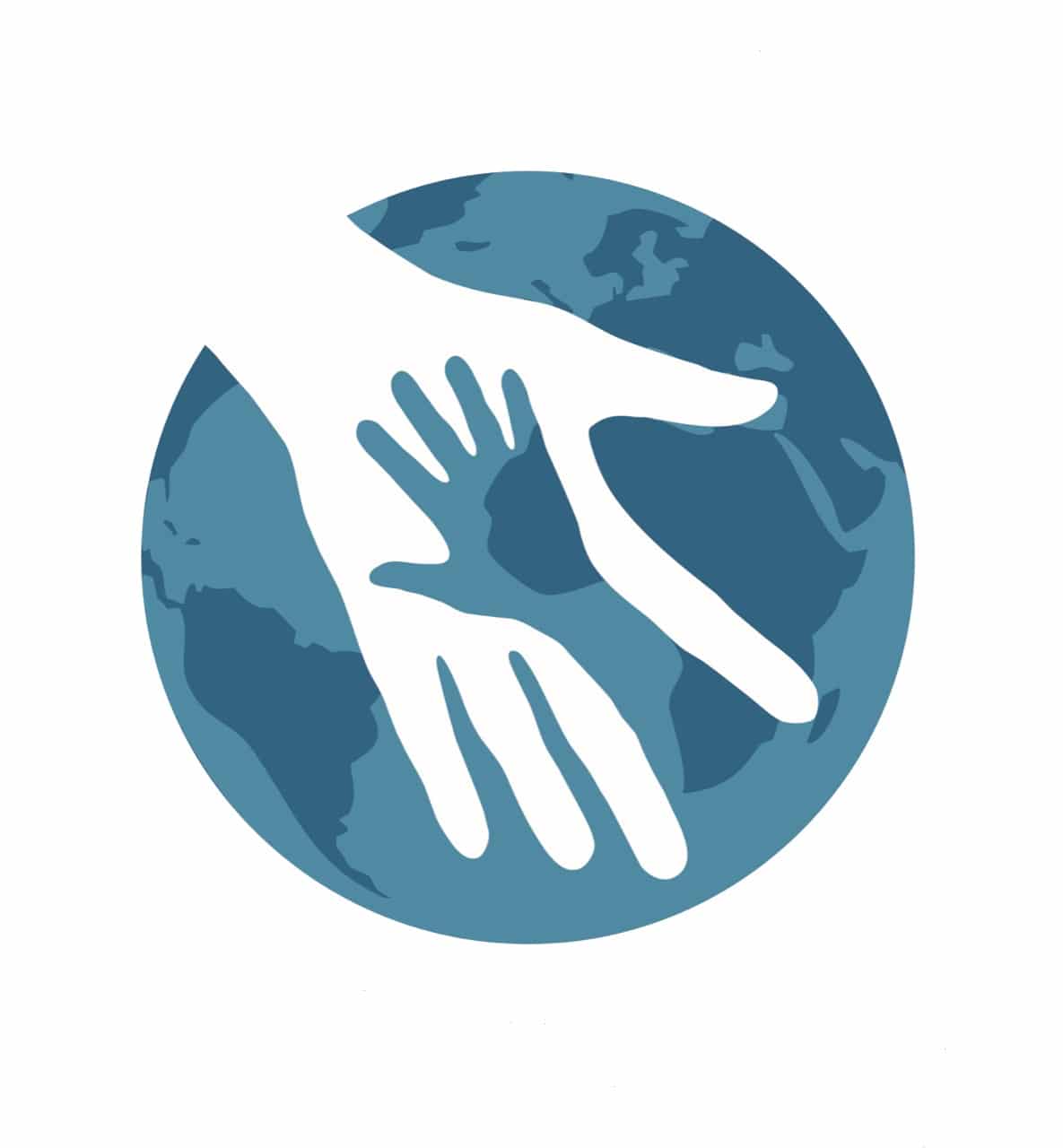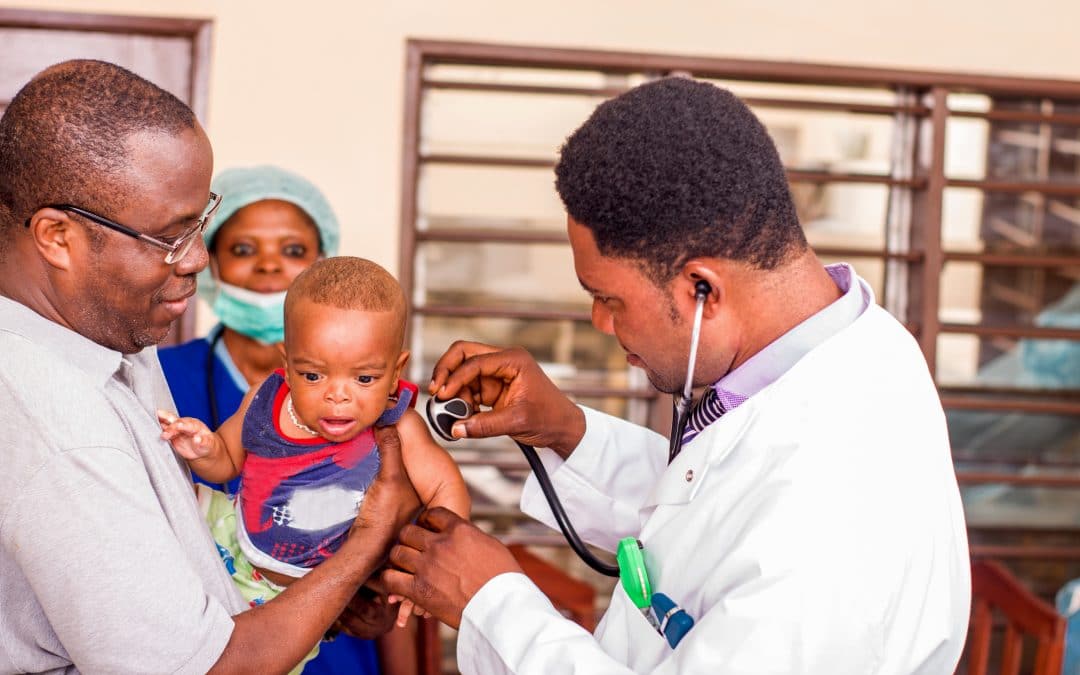Noma is a childhood disease, completely unknown and extremely serious. It most often affects children aged 2 to 6 years who live in the poorest regions of the world: Africa, Southeast Asia and South America.
The causes that contribute to the appearance of Noma are still unclear, but some recurrence is noted: severe malnutrition, poor oral hygiene, the appearance of an infection facilitated by a fragile immune system.
The consequences are disastrous. At first, the child suffers from very painful oral and sometimes nasal ulcers that evolve into facial edema. Other early symptoms may be observed: fevers, diarrhea, lymph nodes, putrid breath.
At this rather short stage, it is still possible to treat the disease and save the child with an antibiotic drug injection,combined with mouthwash, rehydration, high protein feeding and wound cleansing.
The gangrenous phase
If the child is not treated, gangrene begins. This second phase, chronic, is devastating: the infected area spreads and deforms his entire face, irreversibly devoured. Mucous membranes, gums, muscles and bones are quickly necrotized by gangrene.
Very quickly, children experience great difficulty eating, talking and sometimes breathing. In many cases, sepsis wins them out.90% des enfants atteignant la phase gangréneuse meurent.
90% of children reaching the gangrenous phase die.
Only 10% of children survive, disfigured, severely disabled, and awaiting facial reconstruction surgery.
The WHO (World Health Organization) estimates that 140,000 new cases of Noma occur each year.
Ita, child of Noma
Ita is one of the patients who miraculously survived this gangrene in the mouth. He is a young man of today 19 years old, from Central Africa. Ita has undergone many surgeries in nearby Cameroon and Switzerland. The purpose of these operations: to reconstruct his face, jaw and respiratory function through plastic surgery.
Roger Milla, President of Noma Fund, has met the young man: today, he has regained a face, but reconstruction is still long and difficult. Like most children affected by Noma, he had to wait until his teenage years before surgery could be performed. Indeed, the interventions are only practiced once the growth of the jaw is complete, for reasons of physical evolution and durability in the healing process.
Today, Ita still has a very difficult speech and remains under medical supervision, but his life is no longer in danger. Beyond his survival, Ita must now face new challenges: continuing facial reconstruction, re-educating his speech functions and finding his place in society.
Make a donation
Sign the petition
Join Noma Fund
Noma Fund France
General Coordination Office
10, avenue George V
75008 Paris
FRANCE
Tel: +33 1 88 61 80 60
Mail: contact@noma-fund.org
Noma Fund Belgium
Annex Office
56, Rue des Colonies
1000 Brussels
BELGIUM

